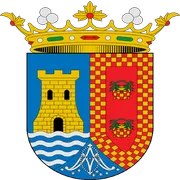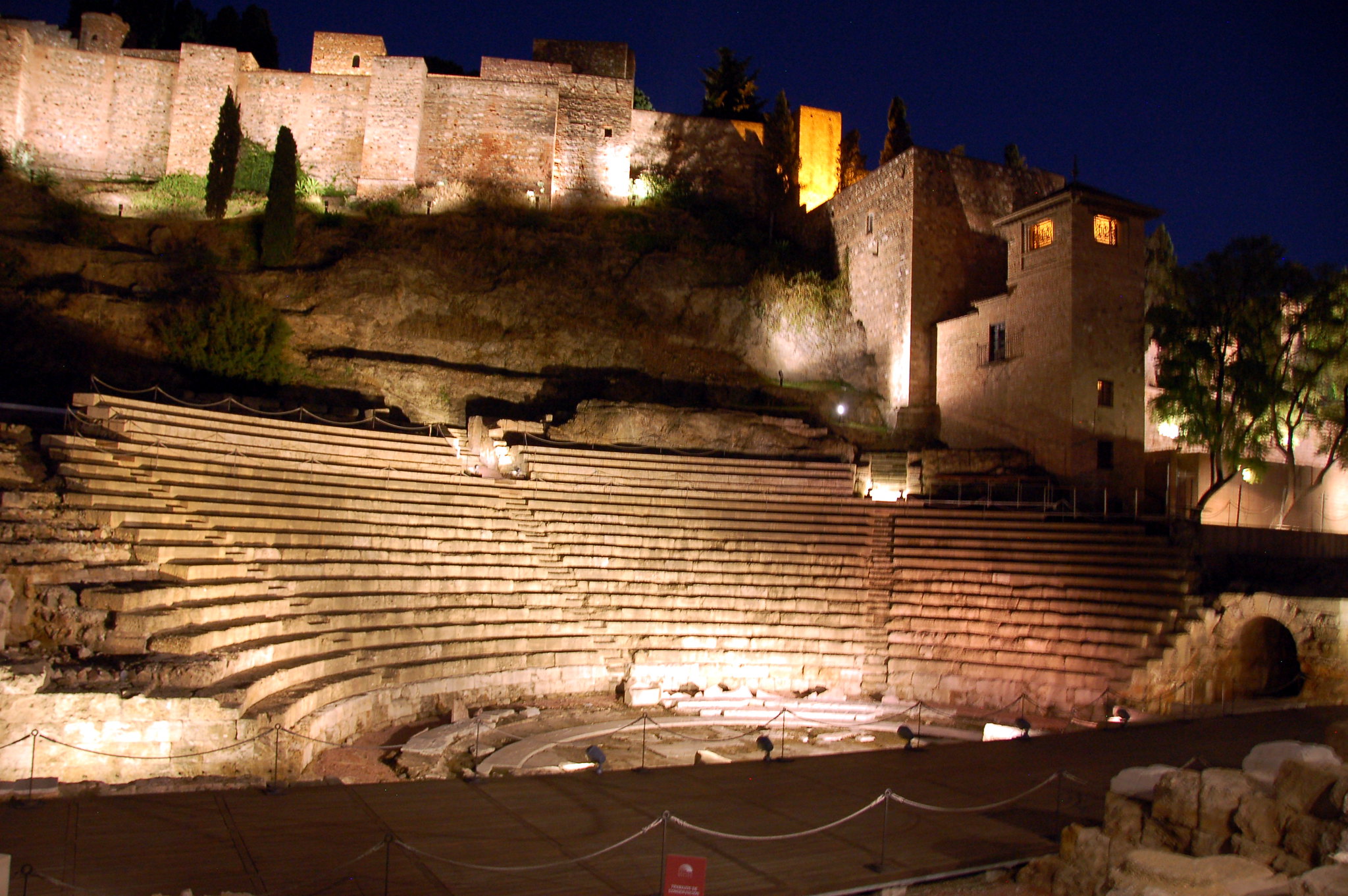Nestled in the heart of Malaga’s historic center, the Roman Theatre stands as a testament to the city’s rich cultural heritage. This magnificent ancient ruin, dating back to the 1st century BC, offers visitors a unique glimpse into the Roman Empire’s influence on the Iberian Peninsula. As you explore this remarkable site, you’ll be transported back in time, walking in the footsteps of those who lived and performed here over two millennia ago.
For centuries, the Roman Theatre lay hidden beneath the streets of Malaga, its existence all but forgotten. It wasn’t until 1951 that this archaeological treasure was rediscovered during construction work. The excavation process, which began in earnest in the 1960s, gradually revealed the theatre’s grandeur and historical significance.
Today, the Roman Theatre stands as one of Malaga’s most important archaeological sites, offering visitors a tangible connection to the city’s ancient past. Its location at the foot of the Alcazaba fortress creates a striking contrast between Roman and Moorish architecture, showcasing the layered history of this vibrant Andalusian city.
The Roman Theatre of Malaga is a prime example of classical Roman architecture. Built during the reign of Emperor Augustus, it follows the typical semicircular design of Roman theatres, with tiered seating arranged in a horseshoe shape around a central performance area.
The cavea, or seating area, is divided into three sections: the ima cavea (lower seats for VIPs), media cavea (middle section), and summa cavea (upper section for the general public). This hierarchical seating arrangement reflects the social stratification of Roman society.
At the base of the cavea lies the orchestra, a semicircular area where the chorus would perform. Behind this, you’ll find the remains of the stage (scaena) and the backstage area (postscaenium). Although much of the original structure has been lost to time, careful restoration work has helped visitors visualize the theatre’s original grandeur.
The Roman Theatre of Malaga played a crucial role in the social and cultural life of ancient Malaca (as the city was then known). It served not only as a venue for theatrical performances but also as a gathering place for civic events and religious ceremonies.
The theatre’s construction during the Augustan period (27 BC – 14 AD) coincided with a time of great expansion and prosperity for the Roman Empire. Its presence in Malaga underscores the city’s importance as a strategic port and cultural center within the province of Hispania Baetica.
Throughout its active period, which lasted until the 3rd century AD, the theatre would have hosted a variety of performances, including comedies, tragedies, and mime shows. These events were not merely for entertainment; they also served as a means of spreading Roman culture and values throughout the empire.
Today, the Roman Theatre is open to the public and offers a fascinating experience for history enthusiasts and casual visitors alike. As you approach the site, you’ll be struck by the juxtaposition of ancient ruins against the backdrop of modern Malaga.
A well-designed visitor center provides context and background information through interactive displays and audiovisual presentations. Here, you can learn about the theatre’s history, its rediscovery, and the painstaking restoration process that has brought it back to life.
As you explore the ruins, informative plaques guide you through the different sections of the theatre, helping you imagine how it would have looked and functioned in its heyday. The partially reconstructed seating area allows visitors to sit and contemplate the performances that once took place on the stage below.
For an even more immersive experience, consider visiting during the summer months when the theatre occasionally hosts modern performances, bringing the ancient venue back to its original purpose.
The Roman Theatre of Malaga is not just a static monument; it’s an active archaeological site where ongoing research continues to uncover new insights into the city’s Roman past. Conservation efforts are constantly underway to protect the ruins from the effects of time and weather.
Visitors can often observe archaeologists and conservators at work, providing a unique opportunity to see firsthand how history is preserved and studied. This commitment to research and preservation ensures that future generations will be able to appreciate and learn from this invaluable piece of Malaga’s heritage.
While the Roman Theatre is undoubtedly the crown jewel of Malaga’s Roman heritage, it’s just one part of the city’s ancient story. Nearby, you can visit the Museo de Málaga, which houses an impressive collection of Roman artifacts discovered in and around the city.
For those interested in diving deeper into Malaga’s Roman past, consider exploring other sites like the Roman ruins beneath the Picasso Museum or the remains of the Roman fish-salting factory at the Museo del Patrimonio Municipal.
The Roman Theatre of Malaga offers visitors a unique opportunity to step back in time and experience a vital piece of the city’s ancient heritage. Its central location, combined with its historical significance and well-preserved remains, make it a must-visit destination for anyone exploring Malaga.
Whether you’re a history buff, an architecture enthusiast, or simply curious about the layers of culture that have shaped this beautiful coastal city, the Roman Theatre provides an unforgettable glimpse into Malaga’s rich past. As you stand amidst these ancient stones, you’ll feel a profound connection to the generations that have come before, making your visit to Malaga all the more meaningful and memorable.

